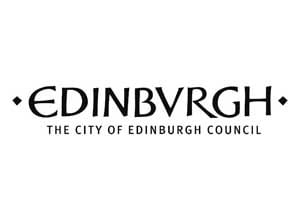-
What is a print?
An original print is a type of artwork created through a process called printmaking. In printmaking, the artist makes an image directly on a surface, like a plate or block, called a matrix. The goal is to produce a limited number of identical prints.
Unlike reproductions or digital prints, each original print is considered a unique piece of fine art. It possesses distinct characteristics and qualities that set it apart from others.
To create an original print, the artist manually applies ink to the matrix and then transfers the image onto a surface, usually paper, using a press or other printmaking equipment. This hands-on process demands careful attention to detail, enhancing the individuality and authenticity of each print.
Original prints often showcase the artist's skill and expertise in a specific printmaking technique, such as etching, lithography, or woodcut. Artists may also combine these techniques to craft a one-of-a-kind artwork. The matrix used to make the print may bear the artist's signature or other markings, indicating its originality and authenticity.
Explore our A-Z of printmaking techniques below:
-
 A STRING OF HEARTS, 2019, Tessa Asquith-Lamb
A STRING OF HEARTS, 2019, Tessa Asquith-Lamb -
 THE QUEEN, 2013, Rachel Maclean
THE QUEEN, 2013, Rachel Maclean -
 HOMAGE II, Ingrid Bell, 2020
HOMAGE II, Ingrid Bell, 2020 -
 Leave it in the Past , 2021, Aleksandra Kargul
Leave it in the Past , 2021, Aleksandra Kargul -

EUCALYPTUS 1, 2014, Mark Doyle
-
 HELUO-FISH, 2022, Hannah Lim
HELUO-FISH, 2022, Hannah Lim -
 WHAT IS LOVE, 2017, Jenny Smith
WHAT IS LOVE, 2017, Jenny Smith -
 ECHO I, 2022, Christine Sloman
ECHO I, 2022, Christine Sloman -
 LABYRINTH II, 2022, Linda Kosciewicz
LABYRINTH II, 2022, Linda Kosciewicz -
 UNTITLED, 2020, DADA Frost
UNTITLED, 2020, DADA Frost -

67 ST VINCENT STREET, 2022, Joanne Pemberton
-
 THE DOOR, 2017, Norman McBeath
THE DOOR, 2017, Norman McBeath -
 NIGHT SWIMMERS, 2019, Anupa Gardner
NIGHT SWIMMERS, 2019, Anupa Gardner


















